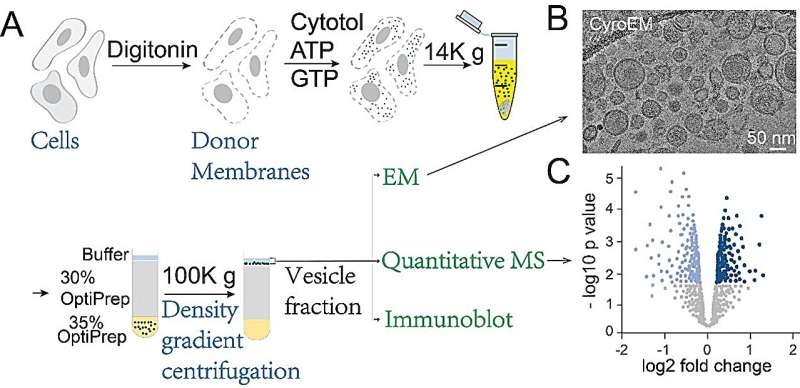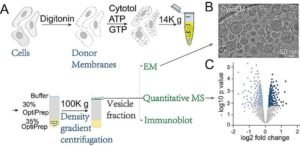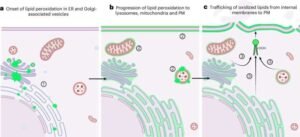Breaking New Ground: Advanced Sequencing Techniques Reveal Insights into Pathogen Resistance
Unveiling the Genetic Secrets of Drug-Resistant Pathogens
In the fight against infectious diseases, understanding the genetic makeup of pathogens is crucial. Recent advancements in sequencing technologies have allowed researchers to delve deeper into the genomes of bacteria like Enterobacter roggenkampii, Klebsiella oxytoca, and others. These insights are helping scientists identify mechanisms of resistance and develop targeted therapies.
This article explores how tools like nanopore sequencing and bioinformatics analyses are transforming our ability to combat drug-resistant infections.
The Challenge of Drug-Resistant Pathogens
Drug-resistant bacteria pose a significant threat to global health. These “superbugs” can survive even the strongest antibiotics due to genetic mutations, efflux pumps, and the acquisition of resistance genes. Understanding these mechanisms is essential for developing effective treatments.
Why Sequencing Matters
Genomic sequencing allows researchers to map the DNA of pathogens, identifying genes responsible for resistance. This information can guide the development of new drugs and diagnostic tools, ensuring faster and more accurate treatment.
The Study: Advanced Sequencing Techniques in Action
The study utilized state-of-the-art sequencing platforms and bioinformatics tools to analyze bacterial genomes. Here’s how they did it:
Nanopore Sequencing
Using the GridION platform with an R10.4.1 Flow Cell, researchers sequenced bacterial genomes in real-time. This technology provided high-quality data, enabling detailed analysis of genetic elements like plasmids, transposons, and resistance genes.
Bioinformatics Tools
Raw sequencing data was processed using the Dorado basecaller, ensuring accurate basecalling and assembly. Researchers then used software like MEGA11 to construct phylogenetic trees and identify evolutionary relationships among bacterial strains.
Key Findings
- Resistance Genes Identified:
The study revealed genes associated with resistance to antibiotics like ciprofloxacin, colistin, and carbapenems. For example, Klebsiella michiganensis isolates carried genes encoding enzymes that degrade beta-lactam antibiotics. - High Diversity Among Strains:
Analysis of 44 Enterobacter roggenkampii isolates showed significant genetic diversity, highlighting the adaptability of these pathogens. - Selective Growth Conditions:
To ensure accurate results, selective growth media containing antibiotics like cefiderocol, amphotericin B, and vancomycin were used. This approach suppressed non-target species, allowing researchers to focus on resistant strains.
Implications for Public Health
The findings from this study have far-reaching implications:
Improved Diagnostics
By identifying specific resistance genes, researchers can develop rapid diagnostic tests to detect drug-resistant infections early.
Targeted Therapies
Understanding the genetic basis of resistance enables the design of drugs that bypass or inhibit these mechanisms. For example, inhibitors targeting efflux pumps could restore the effectiveness of existing antibiotics.
Global Surveillance
Sequencing data can be shared globally to monitor the spread of resistant pathogens. This information is critical for implementing public health interventions and preventing outbreaks.
Looking Ahead
This research marks a significant step forward in combating drug-resistant infections. However, challenges remain:
Expanding Datasets
Future studies should include larger datasets to capture the full diversity of resistant pathogens.
Translating Research into Practice
Turning genomic insights into practical applications—such as new drugs or diagnostics—requires collaboration between researchers, clinicians, and policymakers.
Addressing Limitations
While sequencing technologies are powerful, they must be complemented by traditional methods like culture-based assays to validate findings.
Conclusion: Join the Fight Against Drug Resistance
The battle against drug-resistant pathogens demands innovation, collaboration, and persistence. By leveraging advanced sequencing technologies, we can uncover the genetic secrets of these superbugs and develop strategies to defeat them.
If you’re passionate about science and public health, consider sharing this article with your network. Together, we can raise awareness and drive progress toward a healthier future.













Post Comment